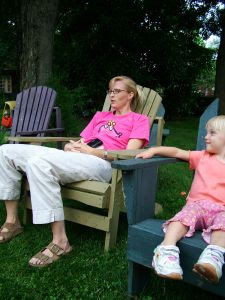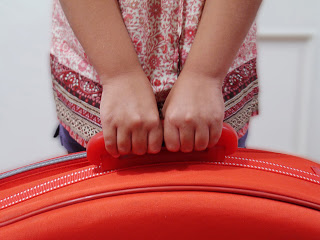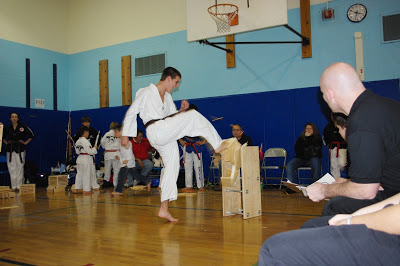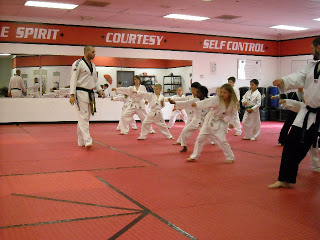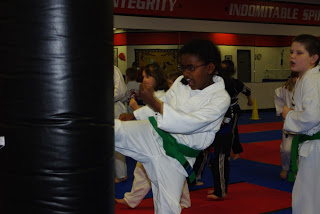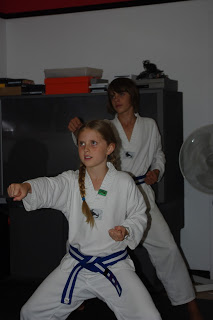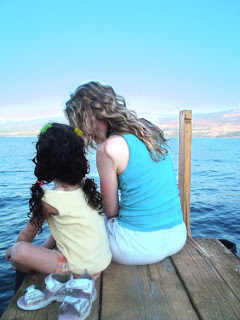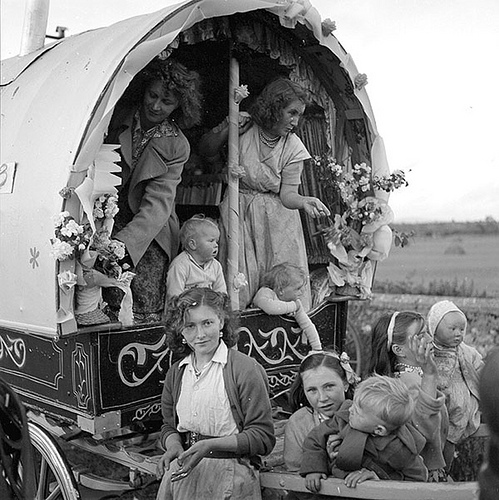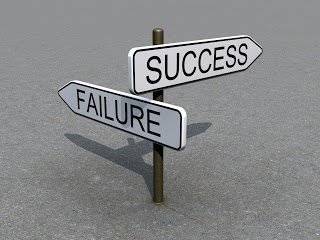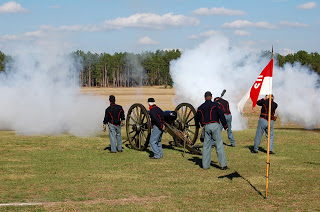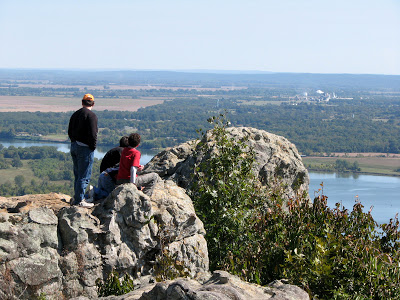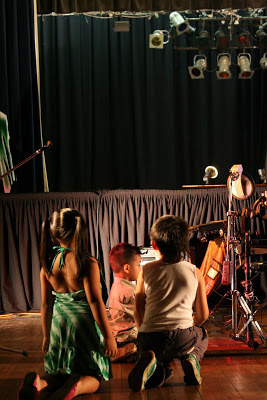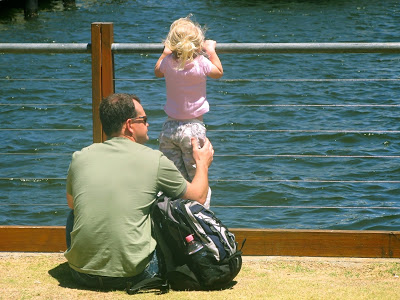Here is an old Quebecois story I ran across recently in Kevin Crossley Holland’s The Young Oxford Book of Folk Tales. It’s an easy story to tell with your own details, and it is just begging for exaggeration. This is my retelling, but you can easily put it into your own words.
So, this farmer, Jean Labadie, he had his suspicions about his neighbor, Pierre Martin. Yes, two weeks running Jean was missing chickens, and he was pretty sure Pierre was stealing them. Weasels would have left a path of destruction, but no, this was just one chicken at a time. But he could not bring himself to say, “Hey Pierre Martin are you stealing my chickens one by one?” With this on his mind he was helping Pierre Martin pull some stumps and he said, “Something has been stealing my chickens, sure, so I went to the Huron village and got me a big black dog. See him? – there he is at just over there.”
Pierre Martin squinted up his eyes to look across the field. “Where?”
“That big black dog, with his red tongue dripping, and those big black paws, you see him there?”
“Oh!” Pierre Martin went back to work.
Sure enough, no more chickens went missing from Jean’s yard. But one day he ran into Pierre Martin in town. “Hey, Jean, you should chain up your big black dog, he chased me down the road,” said Pierre.
“No, he’s at my farm guarding the chickens,” Jean replied, very surprised.
“Looked like the same dog,” Pierre said. “Big black paws, red dripping tongue. Keep him on a chain.”
A few days later, Jean again met Pierre in the town, and this time Madame Sasson was with him. “Was that your big black dog chasing my sheep?” she demanded to know. “That dog is dangerous.”
Jean Labadie raised both hands. This was getting complicated. “No, no, my dog is chained up in my yard. That is a different dog chasing your sheep.”
“No, your dog broke the chain,” Pierre Martin said. “You should take him back to the Huron village. That’s a mean dog.”
Well, for sure this was getting to be ridiculous, but the next day Jean Labadie hitched up his wagon and drove past Pierre Martin’s house, shouting, “I’m taking this dog back!” And he made a pretense of patting something down inside the wagon until he was out of sight. He spent the day with his Huron friends, and then came home.
Pierre Martin was waiting for him. “Your crazy dog came back! Chased some children and scared them right into church. You can’t keep a dangerous dog like that! You should shoot him!”
Now what could Jean Labadie do? He could not at this point admit he had made up the dog, and although he was sure Pierre Martin was raking him over the coals, he was sure stuck. “I’ll shoot him,” Jean Labadie replied. “Satisfied?”
There was a little small smile on Pierre Martin’s face when he said, “Oh, I suppose I am.”
At home, Jean Labadie got out shotgun and whistled loud. “Here you, dog!” he shouted. Then he fired into the ground, and then dug a grave and filled it back in. And he hoped that would be last he heard about his big black dog.
I don’t know about you, but usually when I’ve been afraid to ask a question, say what I think, or speak up, the problem only gets worse. I have a personal story that I’ve told many times to the Lovely K. with much laughter. This story features me in the bathtub while answering a phone call from a new business acquaintance. There was a moment at the start of the call that would have been the appropriate time to say, “This is not a good time to speak – I know it’s 11 a.m. on a business day but I was thrown from a horse this morning and now I’m soaking in the tub, so can I call you later?” That moment slipped by, and I found myself trying to avoid any splishy, splashy, watery sounds that would give me away (So unprofessional! I was very concerned at that stage of my career about seeming very very professional!) The call went on and on much longer than I expected, while the water cooled and I began to shiver. Somehow I couldn’t summon the
social courage to say, “You know, all this time we’ve been talking I’ve been in the bath.” And when this editor began giving me information to write down (clearly assuming I was sitting fully dressed at a desk) I pretended to write, making suitable “mmhmms” to indicate I was ready for the next bit of dictation. My daughter howls at this last bit as I pantomime writing with a wet finger on the rim on the bathtub, nodding and shivering, wondering how I would explain this to my agent.
Now, at the age of 50, I have long since let go (I think) a majority of the social fears that kept me quiet. I don’t like shivering in the tub, and I don’t want to shoot any imaginary dogs.
